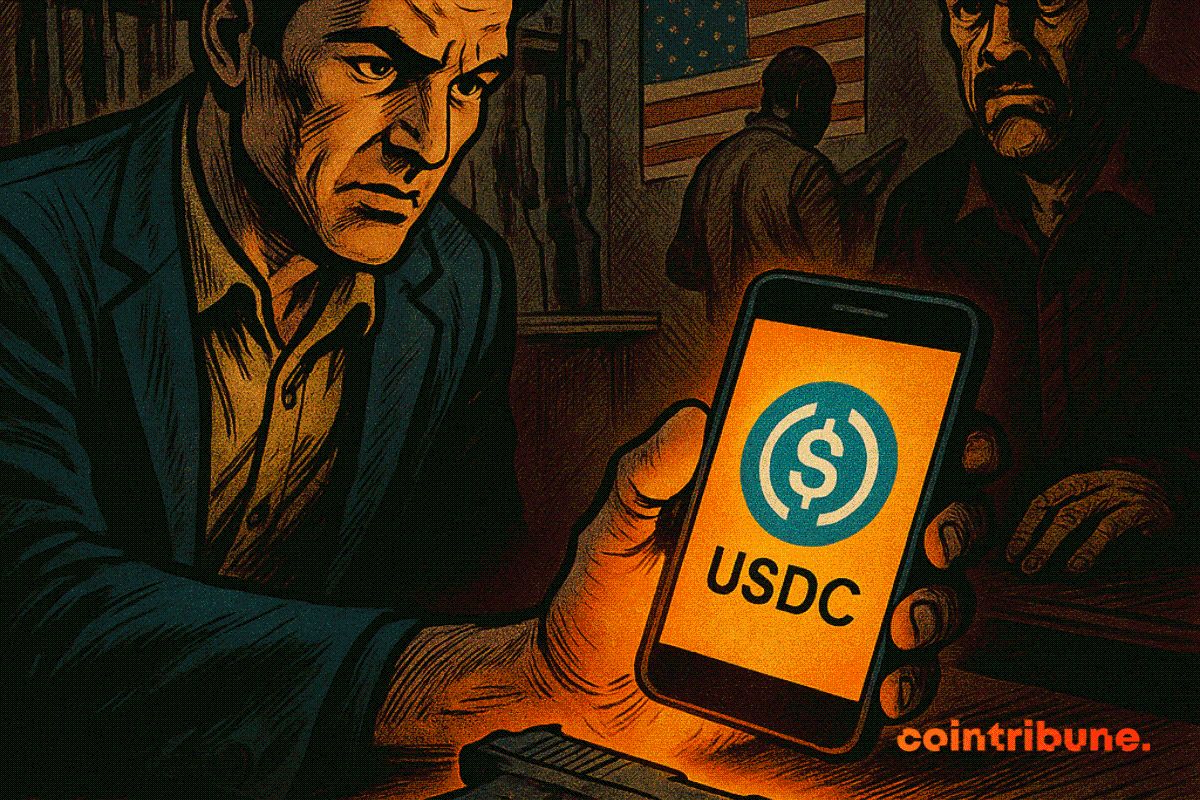DeFi’s Pursuit of High Returns Exposes Fundamental Issues of Trust and Openness
- DeFi sleuths traced $284M in interconnected loans to Stream Finance, destabilized by Balancer v2's vulnerability exploit. - Stream's xUSD stablecoin depegged to $1.15 amid panic, exposing hardcoded oracle flaws and leveraged position risks. - Recursive minting and opaque Proof of Reserve practices amplified contagion risks, eroding user confidence during withdrawals. - The crisis highlights systemic DeFi challenges: balancing high-yield strategies with transparency and robust risk governance frameworks.
Investigators in the DeFi space have uncovered $284 million in interconnected loans and stablecoin exposure linked to Stream Finance, the protocol at the heart of recent market instability following the
The turmoil began just hours after a critical flaw in Balancer’s multi-chain system caused widespread alarm, leading to emergency hard forks and wallet freezes to limit the damage, as reported by

Experts cite Stream’s recursive minting process and lack of clear Proof of Reserve (PoR) as aggravating factors. Although the protocol offers some on-chain visibility through a Debank Bundle link, critics say this is insufficient to address the risks associated with its $84 million
This episode highlights broader issues in DeFi’s quest for higher returns. Protocols like Stream Finance use substantial leverage to boost yields, but this also magnifies systemic risk during periods of stress. For example, the MEV Capital Curated xUSD Morpho Market on Arbitrum is now trading below its loan-to-value limit, with borrowing rates soaring to 88% as utilization nears 100%, Blockbeats reported. These trends echo concerns in the stablecoin sector, where regulatory pressure in China has driven innovation underground, even as global transaction volumes reach $46 trillion annually, according to a
Both regulators and developers are now wrestling with how to foster innovation while ensuring adequate protections. Supporters of base oracles—used by Stream and similar protocols to avoid liquidations during volatile swings—claim they help prevent unfair losses from short-term price movements. However, advocates for greater transparency argue that such systems must be backed by strong PoR models to guarantee that reserves can meet redemptions, as Bitget pointed out. Without these safeguards, protocols risk becoming opaque “black boxes” where trust, rather than collateral, underpins stability, ODaily warned.
As DeFi evolves, the Stream Finance incident stands as a warning. While the sector showed resilience during the October 10 liquidation event—outperforming centralized exchanges—this crisis exposes shortcomings in risk oversight. With stablecoin market caps now above $308 billion and new entrants like Mutuum Finance competing for users, ODaily reported, the need for standardized risk and transparency measures is growing. The industry now faces a crucial challenge: can it continue to innovate without compromising the safeguards essential for maintaining user confidence?
Disclaimer: The content of this article solely reflects the author's opinion and does not represent the platform in any capacity. This article is not intended to serve as a reference for making investment decisions.
You may also like
Bitcoin News Today: Bitcoin’s $106K Floor Turns Into Key Battle Zone Between Bulls and Bears Amid Diverging Derivatives
- Bitcoin fluctuates near $100K as price drops 2.7% in 24 hours, with 14% decline from its $126K all-time high. - Derivatives data shows 62.6% higher trading volume but falling open interest, signaling short-term uncertainty and position closures. - Binance's CVD indicator drops to 0.777 from 0.91, suggesting waning demand from large traders despite stable BTC prices. - Technical indicators highlight $106K support and $111K resistance, with risks of stagnation if CVD falls below 0.70. - Institutional deman
Bitcoin: Trump Seeks to Reassert U.S. Control Amid China’s Crypto Offensive

Polkadot (DOT) Flashes Potential Bullish Reversal Setup – Will It Rally Higher?

Is Arbitrum (ARB) Poised for a Breakout? Key Pattern Formation Suggests So!
